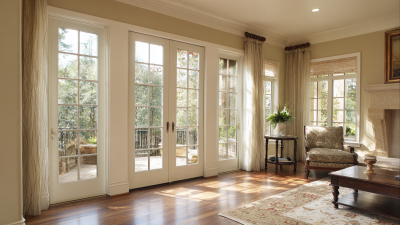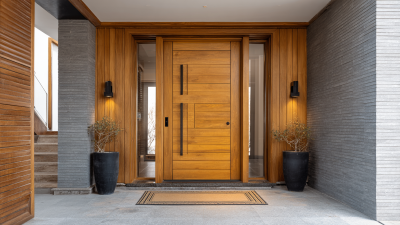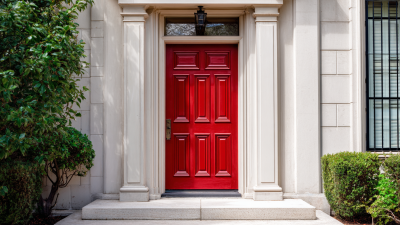In the realm of retail, storefront doors play a pivotal role in not only securing a business but also in enhancing its aesthetic appeal. As consumer preferences and design trends evolve, so too do the materials, designs, and technologies used in storefront doors. This transformation reflects a broader shift in the retail environment, where first impressions can make or break customer engagement. From classic wooden designs to sleek glass facades equipped with advanced security features, the evolution of storefront doors showcases a perfect blend of functionality and style. In this guide, we will explore the various types of storefront doors available today, discussing how they can be selected to meet both aesthetic desires and security needs, ensuring that your retail space not only welcomes customers but also protects your investment.
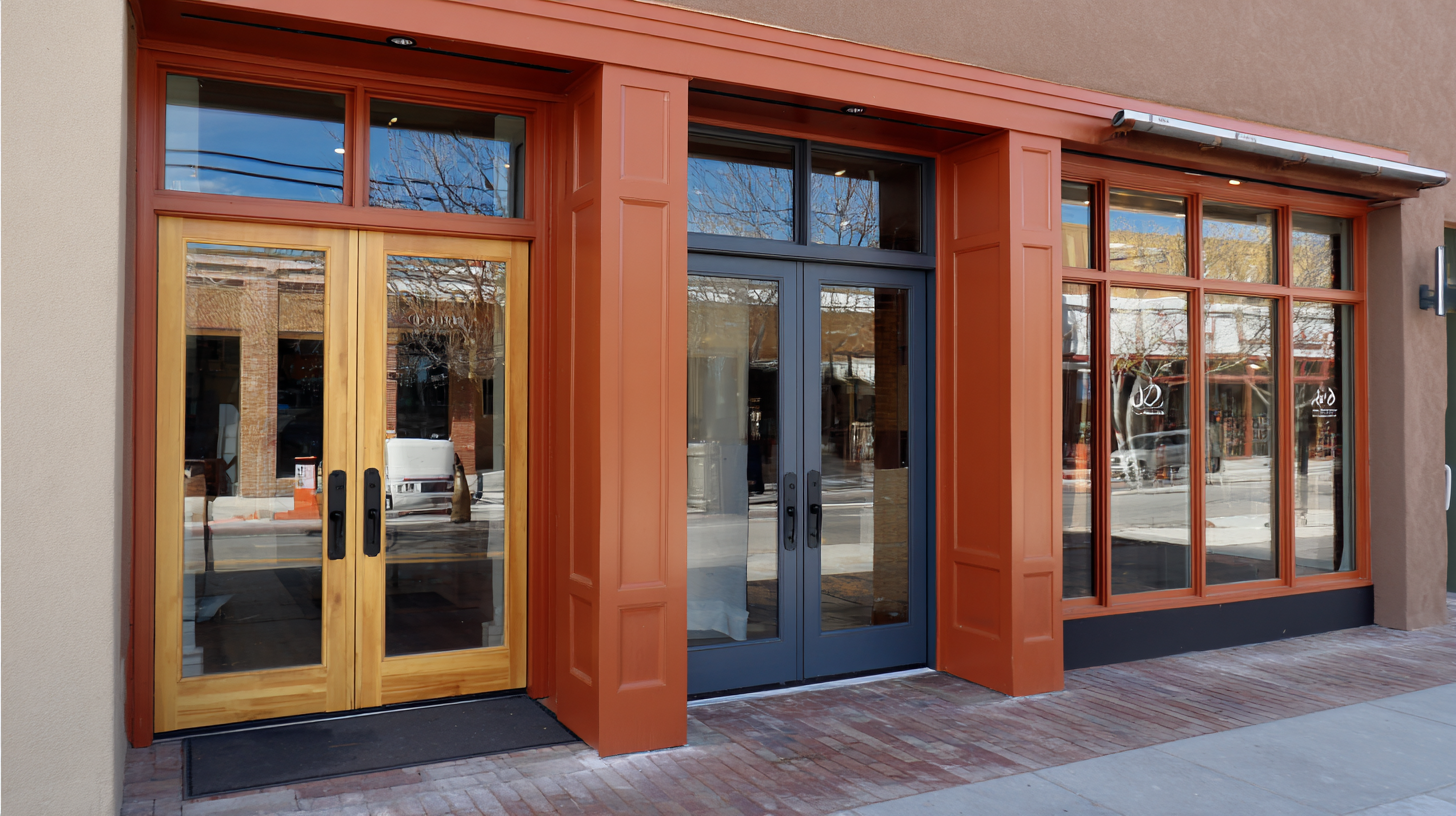
Storefront doors have evolved significantly over the years, serving as a critical focal point in retail design. Historically, they were not merely functional barriers but key elements that conveyed the brand identity and aesthetic appeal of a business. According to a 2022 report by the National Retail Federation, 70% of consumers admitted that a visually striking storefront influenced their decision to enter a store. This emphasizes the role of storefront doors in creating an inviting ambiance and enhancing local retail environments.
The design and materials of storefront doors have transformed, reflecting broader architectural trends and consumer preferences. Glass doors became popular in the mid-20th century, allowing for transparency and visibility into the store, which enhances safety perceptions and invites customers in. Research from the International Council of Shopping Centers indicates that well-designed storefronts, including attractive doors, can increase foot traffic by up to 40%. This highlights the importance of historical significance in designing storefront doors that balance aesthetic appeal with functional security, ensuring they are both inviting and safe for patrons.
The integration of modern technology into storefront doors has significantly transformed their role in enhancing security features while simultaneously improving aesthetic appeal. Today, many businesses are opting for doors equipped with advanced locking mechanisms, such as smart locks, which allow for remote monitoring and control. This technology not only provides better security against unauthorized access but also minimizes the inconvenience of traditional key-based systems. Retailers can manage access more efficiently, allowing for restricted entry during non-business hours while ensuring that the facilities remain secure without compromising on style.
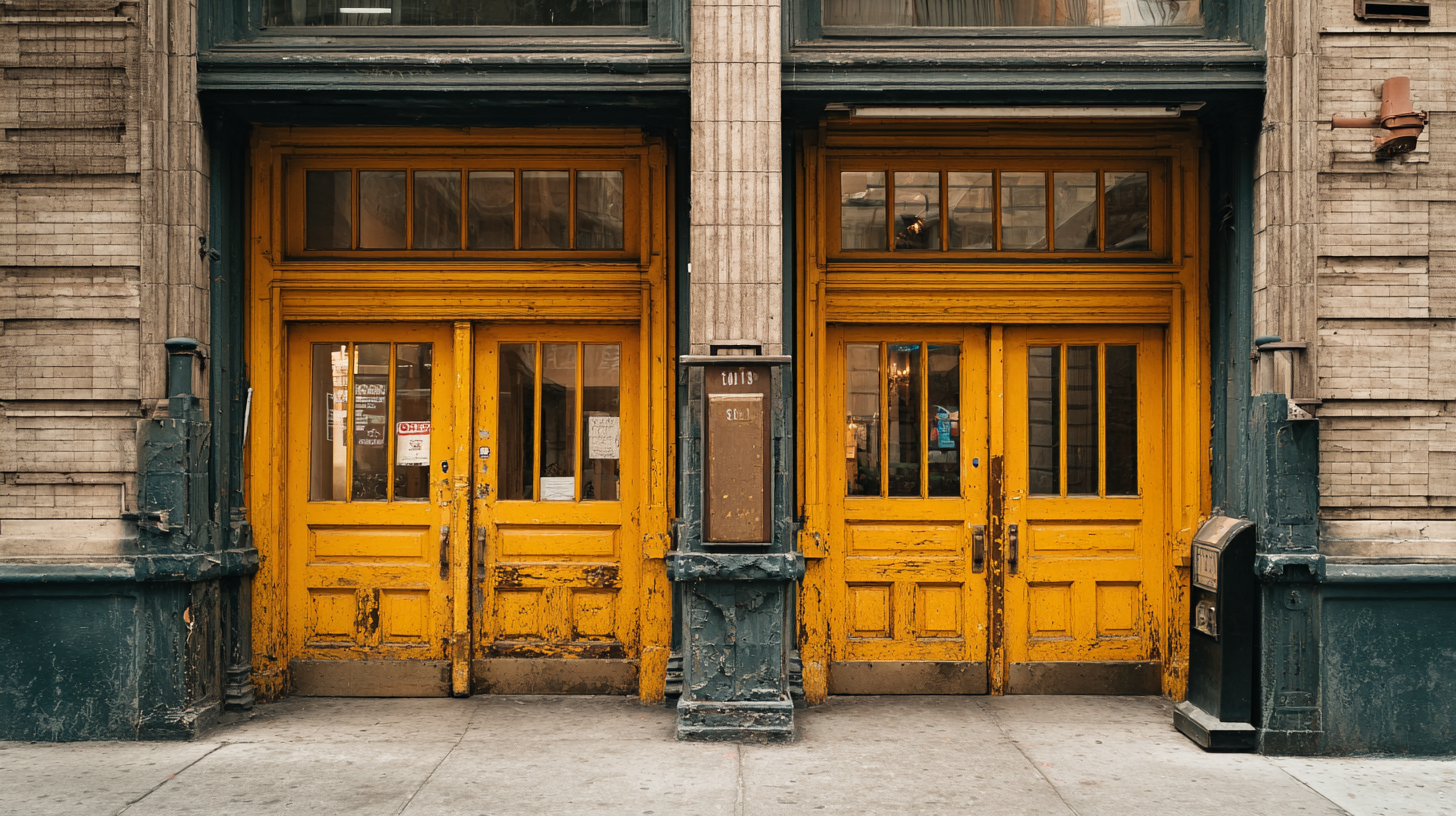
Moreover, the incorporation of surveillance systems within storefront doors exemplifies the fusion of aesthetics and security. Smart doors can be designed with integrated cameras that offer real-time footage, further deterring potential threats. These high-tech doors can also be equipped with motion sensors and alarms, providing alerts to business owners when unusual activity is detected. By merging sleek design with cutting-edge technology, modern storefront doors not only elevate the visual appeal of a business but also create a safer shopping experience for customers and staff alike.
Choosing the right materials for storefront doors is a critical decision that can significantly impact both aesthetic appeal and security. A blend of functionality and design is essential, as the storefront serves as the first impression for potential customers. Glass, for instance, offers a modern and inviting look, allowing natural light to enter while showcasing products inside. However, it’s crucial to use tempered or laminated glass to enhance durability and resistance to breakage, thereby improving security without compromising the aesthetic.
On the other hand, materials like steel or aluminum provide robust security features that are essential for protecting valuable inventory. These metals come in various finishes, allowing for versatility in design. Strategically combining different materials can achieve the perfect balance; for instance, a steel frame with glass panels not only fortifies the entryway but also presents a sleek, contemporary appearance. Ultimately, selecting materials that align with aesthetic aspirations while addressing functional needs ensures a storefront that is both beautiful and secure.
| Material Type | Aesthetic Appeal Score (1-10) | Security Rating (1-10) | Durability Rating (1-10) | Cost (per unit) |
|---|---|---|---|---|
| Wood | 9 | 6 | 7 | $300 |
| Aluminum | 7 | 9 | 8 | $400 |
| Glass | 10 | 7 | 6 | $600 |
| Fiberglass | 8 | 8 | 9 | $350 |
| Steel | 6 | 10 | 10 | $500 |
The design of storefront doors has undergone significant changes over the years, reflecting broader trends in architecture and consumer preferences. Classic designs often featured heavy wood materials with ornate carvings, emphasizing craftsmanship and tradition. These doors exuded a sense of reliability and warmth, making them particularly popular in smaller, family-owned businesses. However, as urban areas evolved and modern aesthetics took hold, storefront doors began to lean towards minimalist designs, with sleek lines and glass elements that enhance visibility and create a sense of openness.
Contemporary trends in storefront door design focus not only on aesthetics but also on functionality and security. Innovations such as automatic sliding mechanisms, energy-efficient materials, and advanced locking systems are now prevalent. The use of tempered glass and metal frames not only provides durability but also offers a modern look that can attract foot traffic. Furthermore, businesses are increasingly considering the overall branding experience, utilizing colors and designs that align with their brand identity. This evolution reflects a shift towards a balance between style, security, and customer engagement in the retail space.
This chart illustrates the design trends of storefront doors from classic to contemporary styles, focusing on aesthetic appeal and security features over the years.
Maintaining the beauty and security of storefront doors is essential for any business looking to attract customers while protecting its assets. Regular cleaning is the first step in upkeep; using appropriate cleaning solutions ensures that the door’s finish remains intact and visually appealing. For wooden doors, a suitable wood conditioner can rejuvenate the surface, while glass doors benefit from streak-free cleaners that enhance clarity and shine.

Security features are equally important. Business owners should regularly inspect locks, hinges, and frames for wear and tear, ensuring all mechanisms function correctly. Installing high-quality deadbolts, and considering reinforced glass or metal doors, can significantly enhance security. Additionally, adding security cameras or motion sensors around the entrance can deter potential break-ins while contributing to a more secure environment for customers and staff. By focusing on both aesthetic appeal and security, businesses can create a welcoming yet safe atmosphere.


